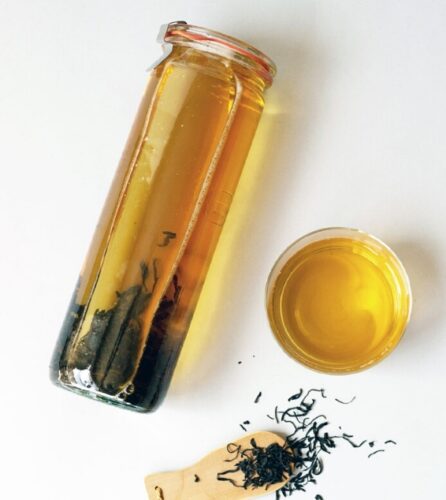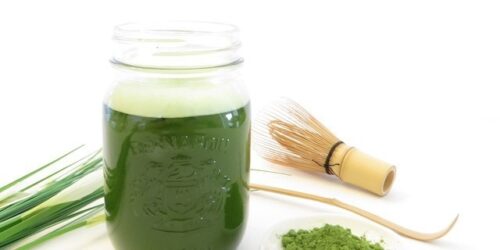
Many are familiar with Cold Brew coffee, known for its smooth, low-acid taste. This brewing method uses cold water to extract a milder flavor with less caffeine compared to traditional hot brewing. So, can tea be brewed the same way as Cold Brew coffee?

Cold Brew tea operates on the same principle of cold extraction. By using water at room temperature or chilled water (5-15°C), the extraction process is slower and produces a different flavor profile compared to hot brewing. When tea is brewed with hot water, catechins and caffeine—the compounds responsible for bitterness—are released due to high temperatures (80-90°C). Meanwhile, the umami flavor, which is appreciated by many tea drinkers, is best extracted at lower temperatures (60°C). This is why green teas like Gyokuro, rich in umami, should be brewed at lower temperatures for optimal taste.
Cold brewing tea results in a smoother, less bitter flavor, ideal for those who prefer a more delicate tea with a focus on umami.


How to Make Cold Brew Tea (Black and Oolong Tea)
- Use 4 grams of tea leaves per 200-250 ml of water.
- Place the tea leaves in a disposable tea bag.
- Submerge the tea bag in water and seal the container.
- Let it steep in the refrigerator for 6-12 hours.
- After steeping, remove the tea bag. Cold brew tea can be stored in the fridge for 3-4 days without a significant change in flavor, retaining its smoothness and low bitterness.
For Green Tea:
Green tea can become quite bitter when cold brewed. To reduce bitterness, use 3 grams of tea leaves per 500 ml of water and steep for just 3-6 hours. Unlike hot brewing, cold brew tea does not release the fragrant aroma that is characteristic of traditional hot tea.
Green Tea Powder Cold Brew Method:
To make cold brew with green tea powder:
- Add 1 teaspoon of tea powder to a bottle with a lid.
- Pour in 1.5 cups of water.
- Close the lid and shake for about 15 seconds to mix thoroughly.
Cold brewed tea leaves can be reused, but the flavor will be weaker with each subsequent brew, so it’s best to discard them after the first use.

